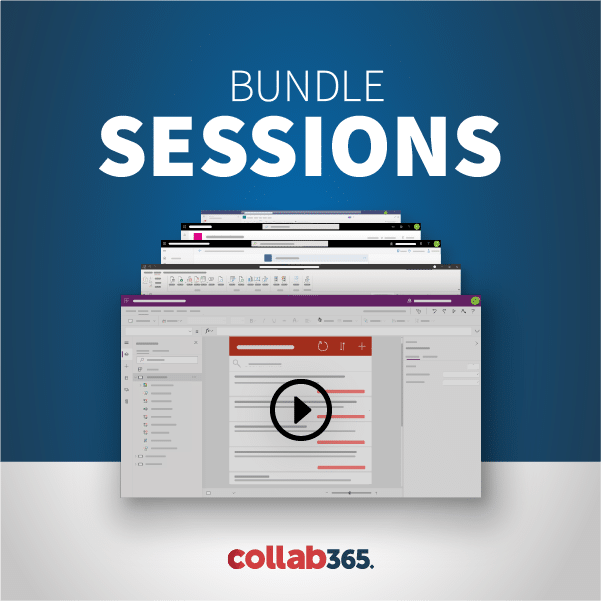So you have invested in SharePoint, but how in tune are you with what’s going on within your SharePoint portal? By implementing an analytics solution, you can take your SharePoint productivity to the next level. Assuming you have spent a good amount of time and money on your SharePoint implementation, your next step is to employ a high quality analytics solution. By understanding what metric categories are most important, you will improve your understanding of how end users and administrators can effectively operate and interact with your SharePoint portal.
This post will introduce to you the 5 Basic Metrics categories that are most important for your SharePoint analytics solution. This will be the beginning of a series of posts that will then delve deeper into the various SharePoint metrics you should be paying attention to.
1.) Visitor Reports
Who’s who in your SharePoint platform? Find out who your key users are on various sites/blogs/discussion with visitor reports. If you’re going to make important business decisions regarding your portal, it’s important to know who and how your portal is being accessed. An analytics solution that segments your visitors according to a wealth of different categories is most useful, with key metrics like average visits per user, loyalty, average number of visitors, and more. You can take visitor analytics even further by measuring whether specific departments or divisions of the organization are collaborating together. For example, are employees really taking advantage of the new HR sub-site created specifically for their collaboration?
2.) Social Reports
Social collaboration is now reaching new heights with Yammer being forecasted as the top social solution in 2015. Organizations and companies are starting to realize the value in encouraging social collaboration within their portals. Social analytics can empower you to take control of your social solution by emphasizing which social avenues have traffic, and which ones need a little more attention. You can even track which content within Yammer or any other social solution implemented in your SharePoint portal are gaining traction, likes, and comments, and which content needs further work.
3.) Content Reports
We’re sure you’ve heard the famous phrase before: “Content is Key”. In the case of portal analytics, it still rings true. By producing engaging content, your users are more likely to access and return to your portal. One piece of quality content can catalyze a user’s experience, thus motivating them to return to the portal on a regular basis. If your best performing content is an audio file, video, visual or document, an analytics solution is there to first inform you, and then guide you in making informed decisions on how to optimize your content. Is the content being accessed by the users who would potentially gain the most from the information? Dig deep into your content’s performance with analytics, and you can transform your portal with data driven insights.
4.) Search Reports
Your search options with your SharePoint portal are vast and dynamic, but you need to make sure its fulfilling that huge potential. How can an analytics solution help you in making sure your portal search investment is realized? It’s important to know whether your search solution is doing its job as efficiently and effectively as possible. You can track which search phrases are dominating your portal with the click of a mouse. Furthermore, you can track the average onsite visitors per visit, helping you to understand how accessible the content is and whether the content titles are appropriately matching your end users’ searches.
5.) Navigation Reports
Think of your portal as a busy highway, with various highways, access streets, on ramps, off ramps, and lanes all interacting at once. They key to maneuvering through the portal most efficiently is making sure traffic is flowing to the appropriate places. Navigation reports can help you identify if company communications such as newsletters have increased traffic flow. Find out where the users navigated to after viewing the newsletter as well. Discover what sites users are visiting and what content they are navigating to when on those sites. You can even find out when and where users and exiting and entering the SharePoint portal.
By focusing on these 5 key metric categories, you can begin your journey with SharePoint analytics. Starting broad and then focusing on more specific reports can give you a real understand of what’s going on in your portal. You can increase your user adoption, ROI, and portal effectiveness by tracking these five categories with a sophisticated SharePoint Analytics solution.
Interested in finding out how you can optimize your portal productivity? Check out CardioLog Analytics for a software solution that provides comprehensive reports on all these metric categories listed above.

